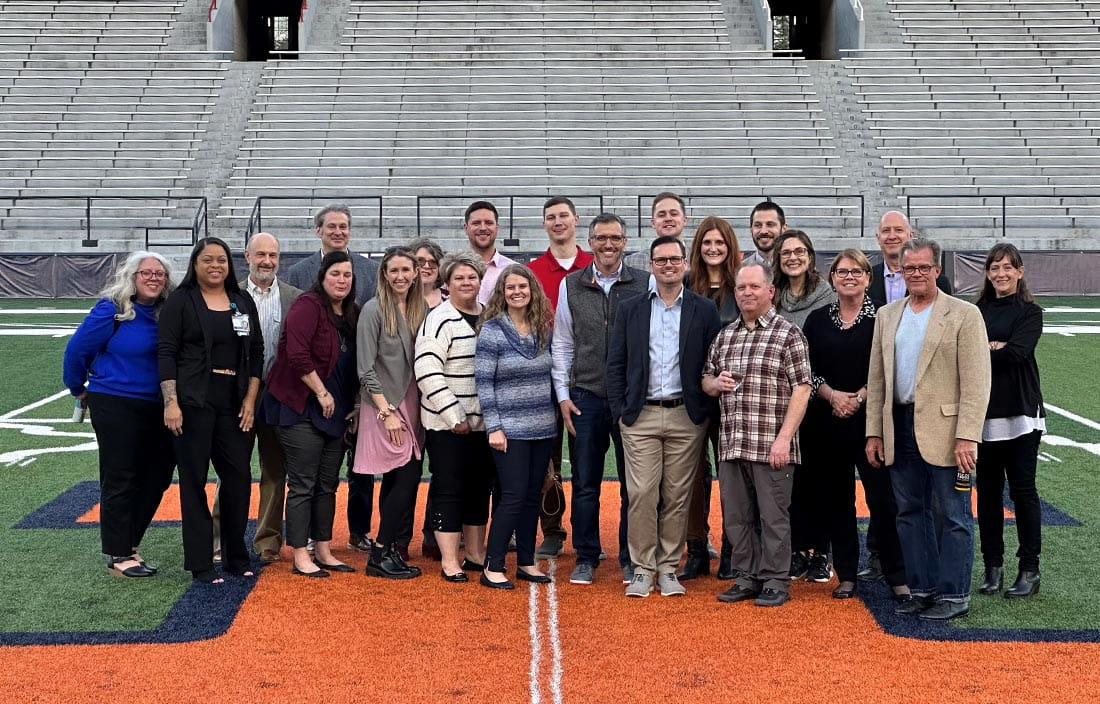Continuing care: The business case for aging at home
More than five years ago, Denise Rabidoux approached the board of directors of Evangelical Homes of Michigan (EHM) with a question: What do we really know about the older adults in our market?
In EHM’s southeastern Michigan markets, only about 10 percent of older adults join traditional retirement communities, according to research the company commissioned. That leaves about 90 percent who will never enter a continuing care retirement community (CCRC) or nursing home.
With their eyes opened, the board considered a different question: If more seniors choose to stay at home, what services can we offer them?
The journey
In 2010, EHM commissioned a market study of adults 65 and older at a variety of income levels and demographics.
They learned some interesting things. Besides wanting health and wellness components such as health coaches, physical therapists, and nutritional counselors, the interviewees wanted help navigating their care options.
Another a-ha moment focused on the importance of offering home maintenance and housekeeping. “They felt like the home itself was an impediment,” Rabidoux says. She adds that it’s better to offer home maintenance than have a member fall off a ladder attempting to change a light bulb.
The board took this lesson to heart and designed a product that minimizes the risks of an illness or incident like a fracture that could lead to institutionalization.
LifeChoices: Your home. Your life. Your choice.
In December 2010, LifeChoices became the first continuing care at home (CCaH) product licensed in Michigan.
Members pay an entrance fee, which is based on their age, plus a monthly fee. For example, right now a 74-year-old pays about $44,000 upfront and $400 per month.
In return, they have access to health and wellness, medical, and home maintenance services.
LifeChoices becomes the member’s gap health insurance program, covering 100 percent of medical care not covered by Medicare, commercial insurance, or long-term care insurance.
What success looks like
LifeChoices currently serves approximately 100 older adults (at the time of this writing, 78 were active members and 22 were in the process of joining), which is double the break-even target set by the required actuarial study.
The financial model contemplates that, at any given time, about 10 percent of members will be using home care or skilled nursing. Actually, utilization of those services has been roughly 2 percent, Rabidoux says.
LifeChoices continues to grow, its operational results reflect net income, and the company maintains ample reserves as required by state regulators. But the greatest impact isn’t the financial return.
“LifeChoices has helped communicate our brand in a different way. We are known as a provider of solutions for older adults and not just as a retirement community or skilled nursing provider.”
Reaching the consumer you’ve never seen before
Owners and operators of CCRCs shouldn’t fear that a CCaH program will cannibalize their campus populations, Rabidoux says.
Occupancy on EHM’s seven campuses continues to show strong growth, as does utilization of the company’s four home health and community-based subsidiaries. Overall, the company’s occupancy rate is about 97 percent.
“These consumers aren’t the same as the ones who choose to enter a legacy retirement community. They’re the consumers you’ve never served before.”




